Where Does the Pet Fit in the Family Relationship?
Companion animals must be a welcome addition to the family matrix as more than 62 percent of American households have one, per ASPCA statistics. Where the pet fits into that matrix can be a matter of intense debate.
Naturally, the introduction of a pet into the household shifts the family dynamic on many levels. Schedules are altered, routines changed and the family hierarchy is re-shuffled. The fur may fly, however, when couples or other family members with divergent attitudes toward the role of the pet clash over how to handle pet-related challenges.
The roles and status of domesticated animals appear to be largely shaped by cultural background, according to Elizabeth Terrien, a sociologist at the University of Chicago. Among rural and certain immigrant populations, dogs are generally seen as protectors/guardians and shepherds. As such, they spend much of their time outdoors. City-dwellers and the affluent tend to look upon the family pet more as a family member – often with wide access to private spaces in the home – and are referred to in human-relationship terms.
Further exploring the pet/family order, David Blouin, a sociologist at Indiana University, South Bend, found that people fall into three general philosophies regarding pets. “Dominionists,” as the name implies, hold household animals as beloved and helping but ultimately replaceable creatures ranked below human family members. “Humanists” adore their pets as if they were their own children, doting over them, allowing them into bed and mourning their deaths as though they were human children. “Protectionists” are strong advocates for animal welfare, but they vary on how pets should be treated, deferring ultimately to their perceived best interests of the individual pet (e.g. deciding to put a pet “down” when its quality of life is deemed to have expired).
So . . . seemingly simple decisions about the pet’s place within the family unit can devolve into titanic clashes between ideologies. Disagreements over where the pet should live and sleep (inside or outside), how to train the pet (positive reinforcement vs. punishment vs. a combination of both), how much money to spend (toys, grooming, vet bills) and how much time one spends with the pet have driven some couples to counseling and others to divorce court. Frequent, intense and emotionally distancing arguments are signs that your relationship is in trouble over a companion animal.
How these conflicts are managed are greatly influenced by the power and attributes we confer upon the pet him/herself. Psychologists call this “transference.” How we respond when a pet, sensing conflict, assumes the role of “peacemaker” – much like a child of bickering parents will – is another factor. In the end, though, these conflicts have much more to do with the people involved than the pet.
If you counted yourself in the “Humanist” group, you’re in good company. According to a Kelton Research survey commissioned by Milo’s Kitchen pet treats:
- 81% regard their pets as full members of the family
- 58% call themselves their pets’ “mommy” or “daddy.”
- 77% buy pets birthday gifts
- More than 50% say they talk about pets more than politics or sex.
Strength in numbers, however, does not necessarily mean that the “Humanist” view is more “right” than the others. The tendency of some people to assign human attributes to animals (anthropomorphism) and insisting that the animals can interpret human gestures as other humans do can actually lead to serious misunderstandings in the early stages of a rescued animal’s adjustment to the new home. Giving that rescued dog a hug on that first day home from the shelter, for example, could actually be interpreted as an act of aggression (i.e. invasion of personal space) by the dog. An informed pet owner will respect an animal’s adjustment process and defer lavishing genuine affection on the companion animal until it can be readily received.
Furry Humans? No. Valued members of the family, a resounding, “Yes!” Pets fulfill out need to nurture and they return our affections without condition in ways that many humans cannot. In so doing, they add exponentially to the cache of love within and between human family members. Whatever the “role” of the pet in the individual family, their presence has been medically shown to reduce stress, promote healing, improve fitness and enhance social interaction – provided that everyone in the family is on the same page with regard to how the pet is treated.
In the end, per Dr. Terrien, people chose to either manage their differences over the pet’s place in the family, “or they give up the pet – which happens far more often than people think.”
References:
Are Pets Causing Problems in Your Relationship by Casey Truffo
Theravive, September 24, 2013
Is it Crazy to Treat Our Pets like Kids by Sharon L. Peters
USA Today, December 18, 2011
When Pets Change the Family Dynamic by Tara Parker-Pope
New York Times: Well blog, March 15, 2011
